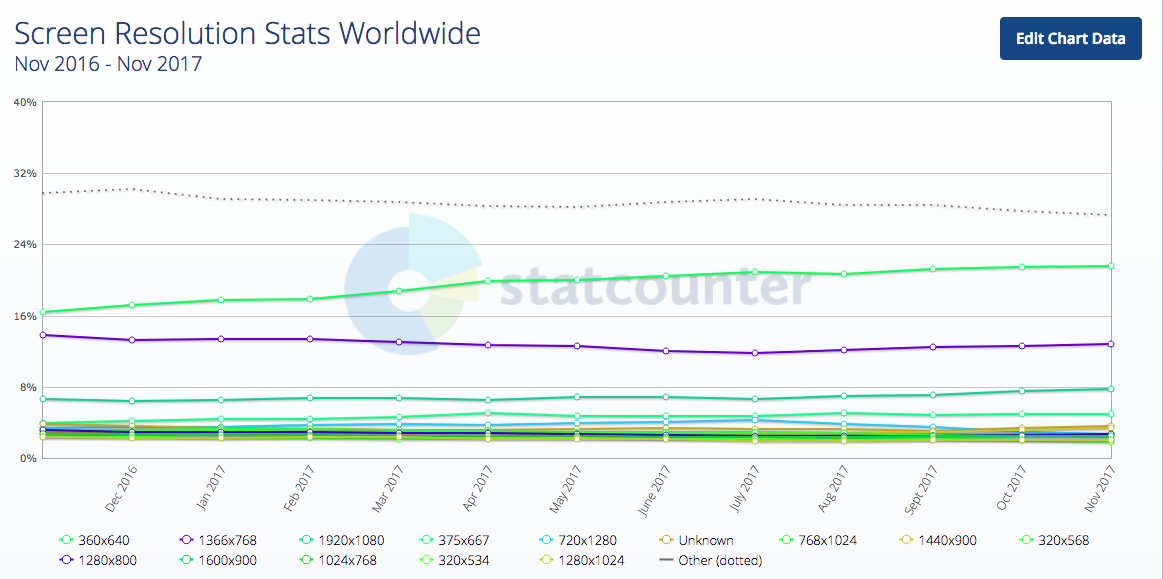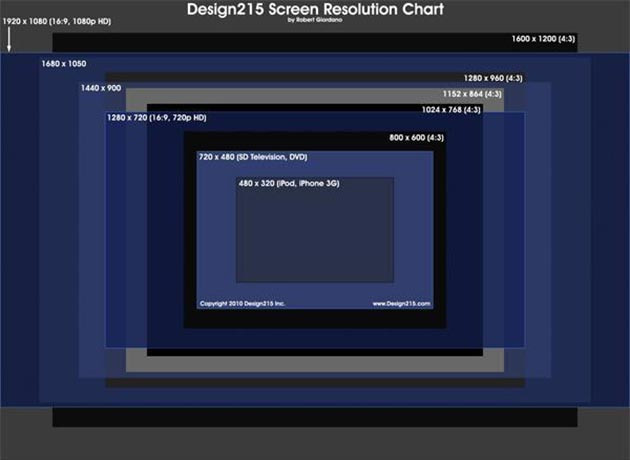

- #WEBSITE MONITOR SIZE TEST HOW TO#
- #WEBSITE MONITOR SIZE TEST ANDROID#
- #WEBSITE MONITOR SIZE TEST PRO#
- #WEBSITE MONITOR SIZE TEST SOFTWARE#
- #WEBSITE MONITOR SIZE TEST FREE#
#WEBSITE MONITOR SIZE TEST PRO#
Poco X3 NFC / Mi10T Pro / Black Shark 3 393x873.dollar UAH Ukraine Hryvnia VND Vietnamese Dong ZAR South African rand S$ Singapore dollar SEK Swedish krona CHF Swiss franc THB Thai baht TL Turkish lira AED U.A.E.KRW Korean won Mex$ Mexican peso NT$ New Taiwan Dollar NZ$ New Zealand dollar NOK Norwegian krone zł Polish zloty £ Pound sterling lei Romanian new leu RUB Russian Ruble SAR Saudi Arabian riyal.Indian rupee Rp Indonesian rupiah ₪ Israeli new sheqel ¥ Japanese yen JOD Jordanian dinar E£ Egyptian pound € Euro HK$ Hong Kong Dollar HRK Croatian kuna HUF Hungarian forint Rs.AR$ Argentine peso AU$ Australian dollar R$ Brazilian real BGN Bulgarian lev CA$ Canadian dollar CL$ Chilean peso CNY Chinese yuan COL$ Colombian peso Kč Czech koruna DKK Danish krone.dollar £ Pound sterling AU$ Australian dollar Remember to continually check up on this report, as devices and trends are constantly changing.įor more ways to decide which browsers and devices to test, check out our guide. Using Google Analytics or any other analytics program to find out what browsers and devices your customers are most likely using is a huge advantage. You can email this report to your Development or Test team on a Weekly or Monthly basis to consistently and effectively test the browsers your customers are actually using. Your report should show you the most important aspects of browser testing to focus on and should look something like this: In Dimensions, select Device Category then Browser then Browser Version. Make the Title and Report name something relevant that you’ll remember. In Google Analytics, head to the Customization section to add a custom report.
#WEBSITE MONITOR SIZE TEST HOW TO#
To speed your research and make this a truly repeatable process we’ll show you how to set up a Custom Report in GA dealing specifically with browsers and devices. By setting the secondary dimension to Browser, and going to advanced search, we can see how many people are using older versions of FireFox or IE and how critical they are in the testing phase. Let’s say you or the development team just pushed a great new home page with a slick CSS3 transition that you know will break or be a little bit off on older versions of Internet Explorer. By choosing Browser as our secondary dimension we find that 61% of our visitors are coming via a desktop and using Chrome. To get a broader view of all the browsers your customers are using, we can use secondary dimensions in the Mobile Overview tab. Seeing What Browsers Your Visitors Are Using You can see any media queries adjustments that may be needed from device to device or images/rich media that have become broken. You can run browser screenshot tests on a number of different Apple devices quickly and from one screen. Because 50% of users are using an Apple Device, it would be prudent to spend extra time with CBT’s real device Live Testing. These data points are extremely effective for improving your testing speed and coverage. But you can select other primary dimensions to view different data, including Service Provider, Operating system, mobile brands, and even screen resolutions. In the default view for Mobile Devices, Mobile Device Info is selected. Notice that when you select Devices from the Mobile drop down, Google Analytics groups mobile devices and tablets together in one aggregated group. Not only will we see the qualitative usage of each device, but we can also pinpoint certain devices that frequently present bugs in our application.Īlright, almost 50% of our mobile users are coming via Apple Devices. We can dive in deeper to each segment to see which devices we should be testing more frequently. The usage stats for this particular account moderately favor mobile devices, which is great. In this example, about 15 percent of our traffic is from a mobile device or tablet. On the overview page, you should see all your normal Google Analytics data segmented between Desktops, Mobile and Tablets. To see what percentage of your users are on mobile devices open up the Audience tab, and select Mobile and Overview.
#WEBSITE MONITOR SIZE TEST FREE#
Google Analytics can be a quick and free way to measure screen resolutions, devices, and the browsers your site’s visitors are often using. At CrossBrowserTesting we are obviously a little obsessed with what devices and screens our customers are using (we have over 1500 different browsers), so we use Google Analytics to measure this metric.
#WEBSITE MONITOR SIZE TEST SOFTWARE#
Displaying a consistent experience across platforms and devices is integral to web and software development in today's market.

#WEBSITE MONITOR SIZE TEST ANDROID#
Testing on every single device can be a challenge, given the fact Android alone has over 25,000 different device combinations across 10 operating systems.

Diving into what browsers and devices your website is accessed from can help you concentrate your testing on the devices and browsers that your customers are actually using.


 0 kommentar(er)
0 kommentar(er)
